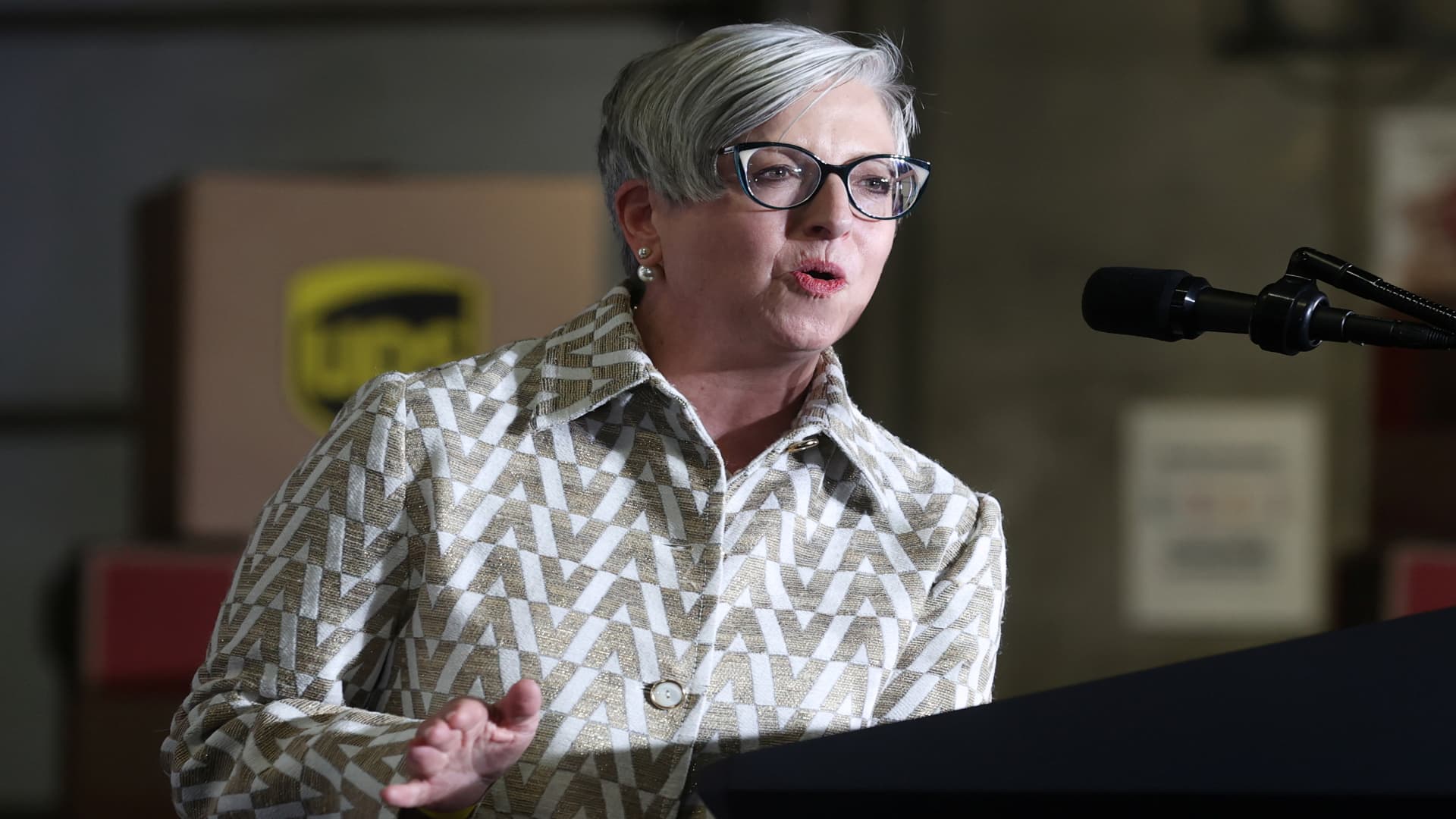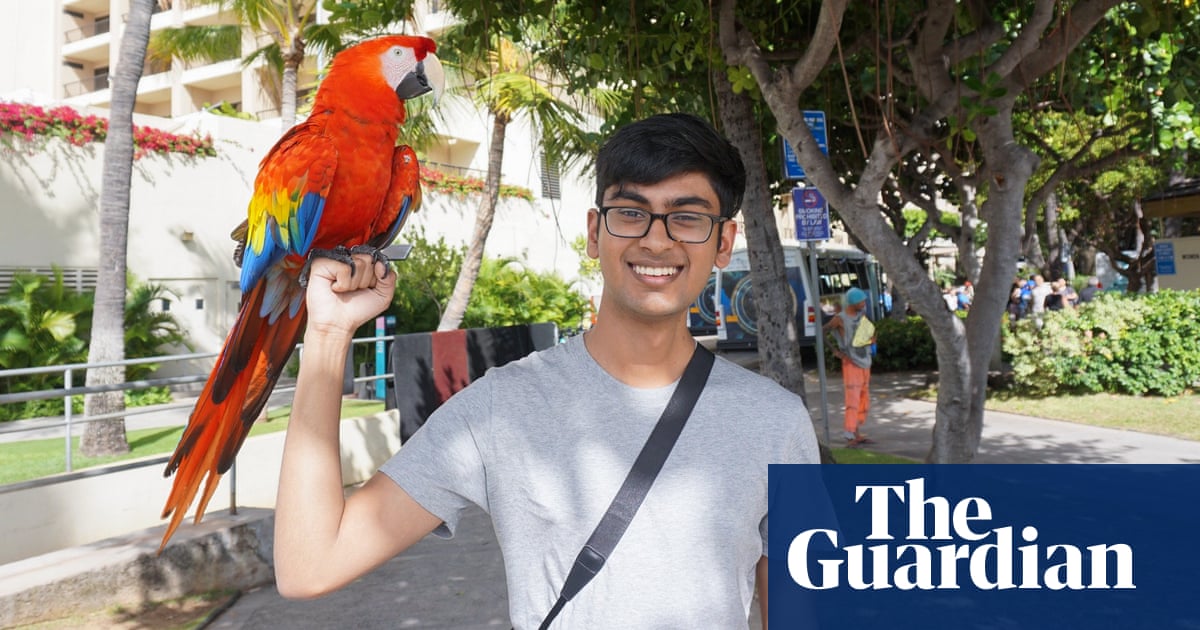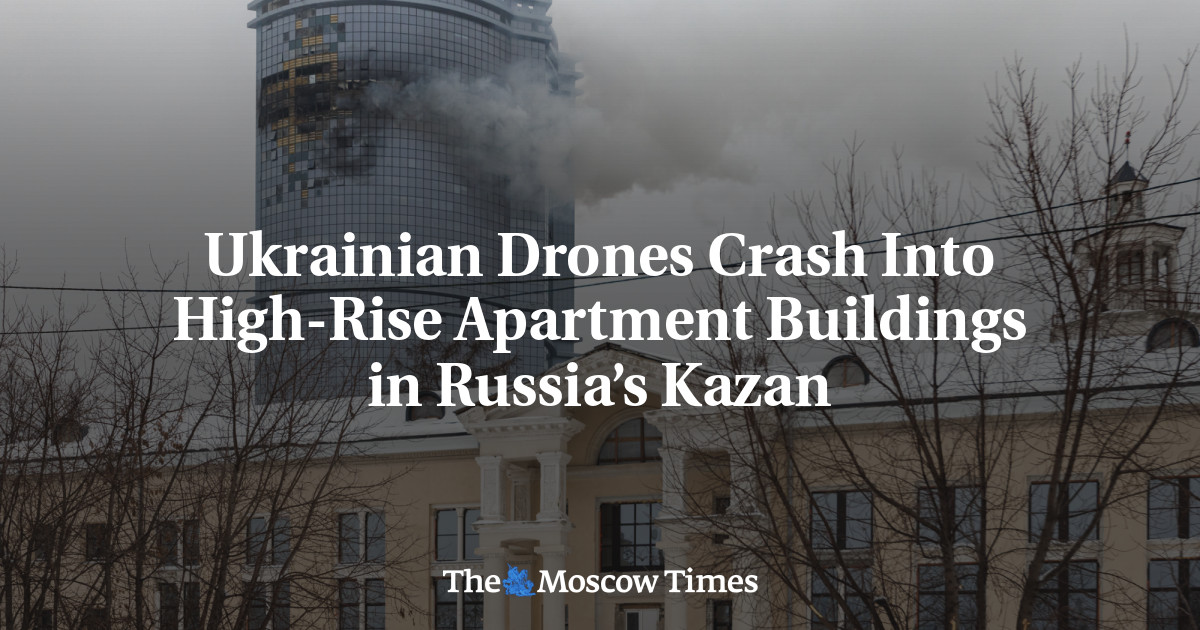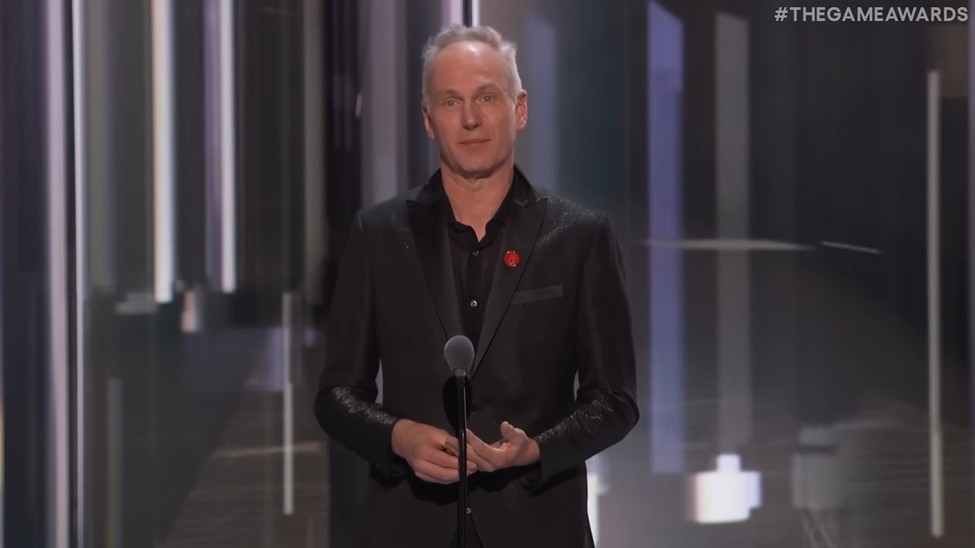Carol Tome, the CEO of UPS, spoke about the costs of the new Teamsters contract, aiming to convince investors that they are manageable. She stated that the “$30 billion in new money” figure touted by the union is an overestimate. However, she did not disclose the internal projections. Tome highlighted that 46% of the compensation in the deal would be in the first year and emphasized that the agreement is both cost-effective and fair.
Tome spoke about the importance of work/life balance and delivering on the weekend for UPS customers. She mentioned that the increases in costs are favorable for the company, with a 3.3% compounded annual growth rate.
Averting a crisis
The labor contract reached in July prevented a potential work stoppage, which could have had a significant impact on the U.S. economy. Estimates suggested that a Teamsters strike would have cost the economy $7 billion in the first 10 days. This contract is a part of a series of large-scale contract negotiations and strikes that have occurred across various industries.
Full-time drivers at UPS will see their pay and benefits reach up to $170,000 in the last year of the contract, while part-time workers’ starting pay will increase from $16.20 to $21 an hour. The negotiations started in April, with potential strike action authorized by the Teamsters in June. After delays and accusations of walking away from negotiations, a tentative agreement was reached in late July.
A ‘win-win-win’
Tome described the new contract as a victory for the union, customers, and the company. However, UPS’s stock has declined more than 14% since the announcement of the tentative deal. Tome acknowledged that UPS lost over 1 million packages per day in volume leading up to the agreement. She emphasized the importance of having certainty in labor costs, allowing the company to plan for the future and focus on productivity and automation.
Tome highlighted that the most crucial aspect of the contract for customers is the timely delivery during the upcoming holiday season. With an expected 1% increase in holiday e-commerce sales, UPS aims to meet the growing demand.
UPS shifts to modernization strategy
Tome mentioned that the Teamsters negotiation was a significant challenge for her leadership, comparable to taking over as CEO in the midst of the Covid-19 pandemic. She outlined her “Better and Bolder” strategy, which focuses on modernizing and maximizing profitability. The “better” initiative aims to increase higher-margin volume and improve worker and facility productivity. The “bolder” part involves implementing automation, artificial intelligence, and other innovations to capture more business and enhance the customer experience.
Tome expressed her excitement about the potential of generative AI in improving customer service. She envisioned a future where bots would learn from customer interactions and share that knowledge globally, ultimately enhancing productivity and customer experience.











